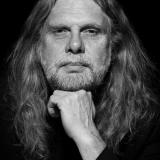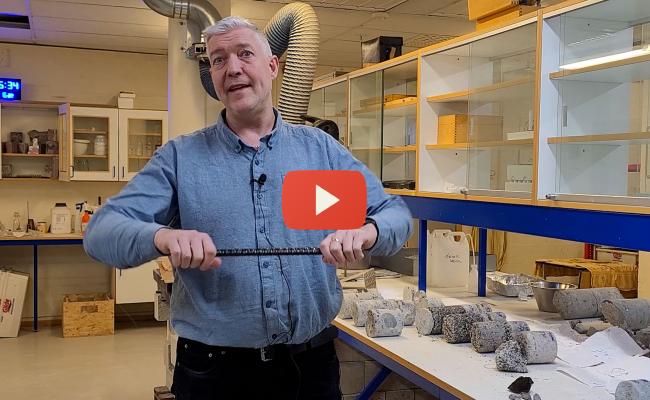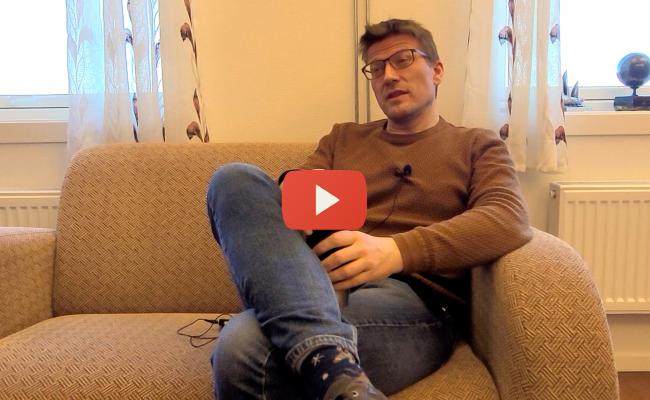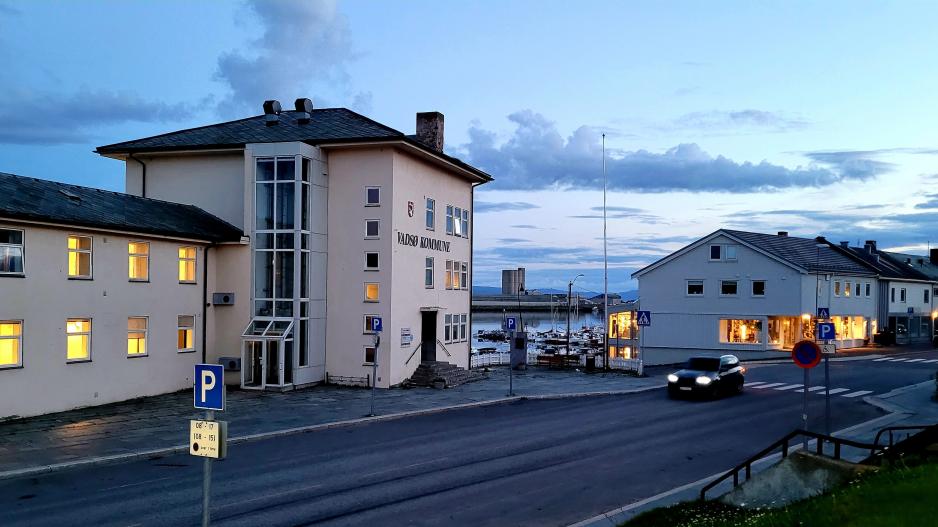
Swipe for more photos: Vadsø: Both festival and a conference in Eastern Finnmark. Vadsø is early on in attempting to return to normal. (Photo: Arne O. Holm)
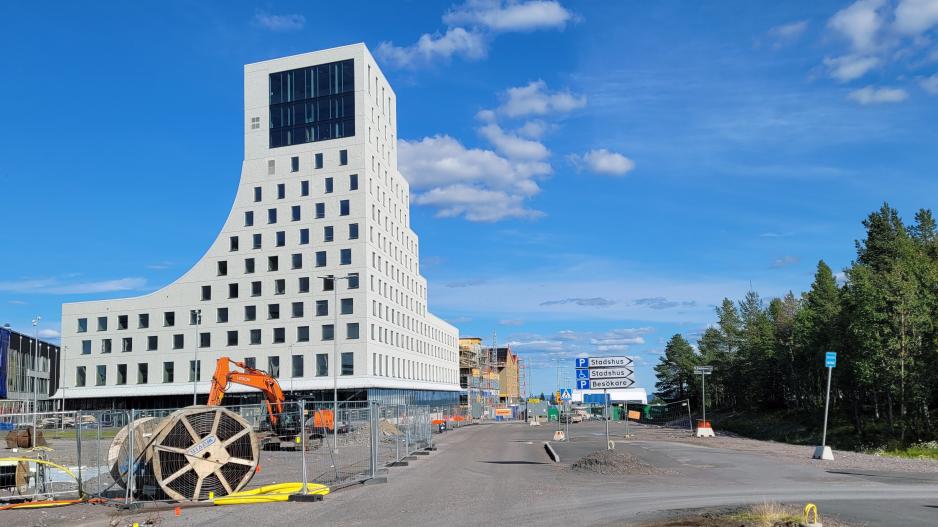
New Kiruna: A brand new town is built at record-speed in the Arctic. Yet its name is still Kiruna. (Photo: Arne O. Holm)
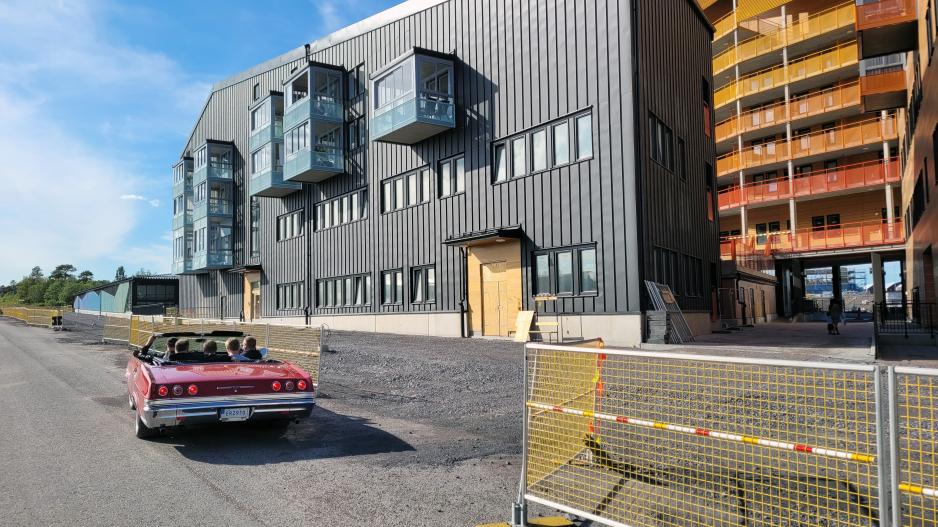
New Kiruna 2: The rednecks will also come along to the new Kiruna although they maintain their tradition of taking a round before the old Community Hall. (Photo: Arne O. Holm)
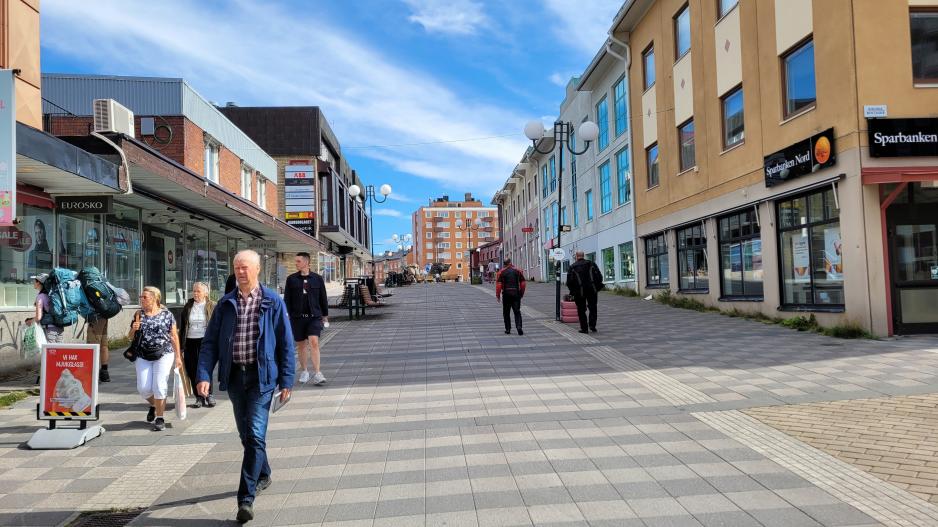
Old Kiruna: It will all be demolished or moved. (Photo: Arne O. Holm)
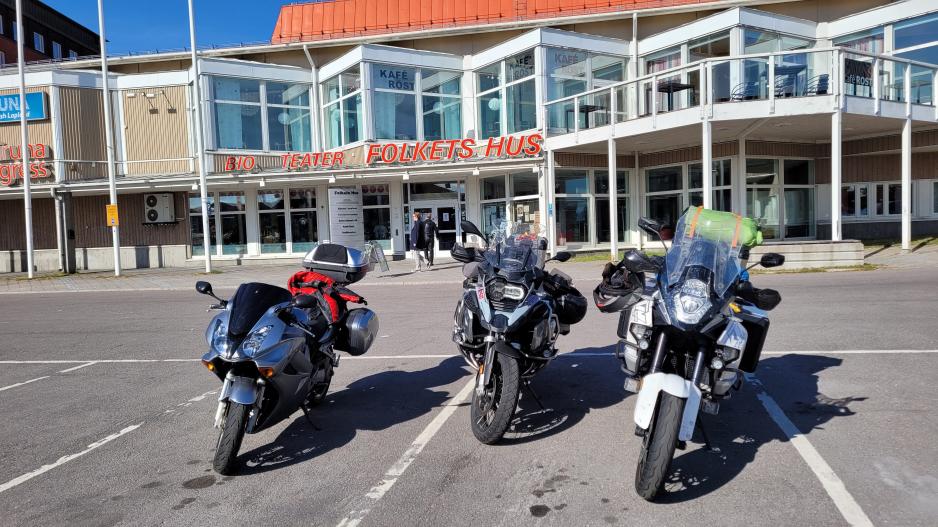
The Community Hall: Time is running out for the Community Hall in Kiruna. Soon, it will be demolished. (Photo: Arne O. Holm)
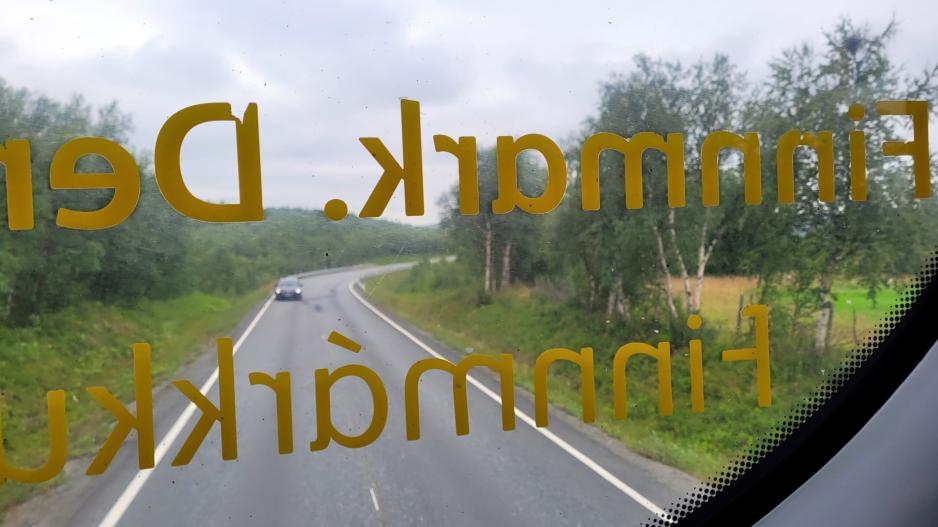
Not everything is new: Some things remain the same. Like bus for plane in Finnmark. (Photo: Arne O. Holm)

